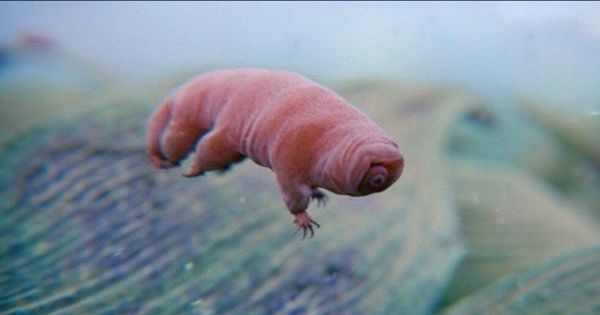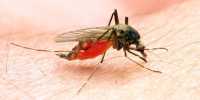There is a controversial theory about the origin of life on Earth, which states that the first germs to appear on the planet appeared as passengers on a meteorite. Known as panspermia, this hypothesis relies on the ability of tiny animals to survive huge impacts, which is why a team of researchers recently tested whether tardigrades can prevent guns from coming out at high speeds. Also known as aquatic vultures, tardigrades are suitable candidates for this type of experiment; they are thus able to survive being boiled or frozen and unaffected by cosmic radiation, low oxygen environments, high pressure or even vacuum.
Whether they will able to avoid scattering while crash-landing on a new planet remains a burning question. To answer, scientists loaded a small number of tardigrades into nylon bullets, which were frozen to provoke a state of hibernation known as the tune of small critics. Writing in the Journal of Astrobiology, the authors explain how they fired at targets at a single speed at survival targets before they tried to recover tardigrades from their tunes.
“These investigations examined whether tardigrades could survive among the natural effects of the solar system,” they wrote. “We have seen that they can survive up to 0.9 km per second, which is equivalent to a shock of 1.14 GPA, but the effects on it cannot last.” While impressive, this national blade is not good news for panspermia -based proponents, as space effects usually exceed this level of shock stress.
Thus, the authors conclude that “the arrival of a tardigrade on Earth, for example, by the effect of a meteorite, may not be an effective means of successful migration, even for such a tough creature.” However, researchers cannot completely rule out panspermia, as they have noticed that tiny creatures could potentially move from Earth to the moon in materials that could be thrown into space after a meteorite collides with our planet.
Although most of the ejaculations to reach the moon will probably travel too fast to survive tardigrades journey, the study’s authors estimate that about 40 percent of these elements could slowly affect the moon for some people. The effects of Mars reaching the final Phobos could have similar consequences, although researchers say the chances of survival in this scenario are somewhat lower.












